Myanmar, a land of mystique and charm, offers a gastronomic adventure that mirrors its diverse culture, history, and geography. With its distinct flavors, vibrant ingredients, and unique cooking techniques, Myanmar food culture is a treasure trove waiting to be discovered by culinary enthusiasts. In this article, we delve into the heart of Myanmar food culture , exploring its key ingredients, traditional dishes, and the cultural significance that makes it truly special.
Myanmar’s geographical location at the crossroads of India, China, Thailand, and Laos has greatly influenced its cuisine. The fusion of these culinary traditions, combined with indigenous ingredients and cooking methods, has resulted in a unique and flavorful array of dishes. This amalgamation of flavors showcases the country’s openness to cultural exchange and its ability to absorb and adapt to various influences.
Ingredients That Define the Cuisine
Myanmar cuisine, also known as Burmese cuisine, is a reflection of the country’s rich cultural diversity and history. It’s characterized by its use of fresh ingredients, bold flavors, and unique cooking techniques. Here are five essential ingredients that define Myanmar cuisine:
Rice
Rice is the staple food of Myanmar and forms the foundation of almost every meal. It’s typically served with a variety of curries, vegetables, and condiments. In fact, the Burmese saying “htamin thote, htamin jaw” translates to “a meal without rice is not a meal.” Mohinga, a popular dish often considered Myanmar’s national dish, is a rice noodle and fish soup that’s commonly eaten for breakfast.
Fish and Seafood
Due to its extensive coastline and proximity to freshwater sources, fish and seafood play a significant role in Myanmar cuisine. Mohinga, as mentioned earlier, is made with fish-based broth. Ngapi, a pungent fermented fish paste, is used as a condiment in many dishes. Dried fish and shrimp are also used to add depth of flavor to curries and salads.
Curry Pastes and Spices
Myanmar cuisine is known for its flavorful curries, which are often made with a base of onion, garlic, ginger, and a blend of spices. Common spices used include turmeric, cumin, coriander, and chili. The resulting curry pastes are then used to create a wide range of dishes, from meat and vegetable curries to soups and stews.
Pickled Tea Leaves (Laphet)
Laphet is a unique ingredient in Myanmar cuisine that is integral to the famous dish known as “Laphet Thoke” or tea leaf salad. The tea leaves are pickled and then mixed with various ingredients such as peanuts, sesame seeds, fried garlic, and chili. This dish offers a delightful combination of textures and flavors, and it’s often enjoyed as a snack or appetizer.
Vegetables and Herbs
Myanmar cuisine embraces a variety of fresh vegetables and herbs. A wide range of leafy greens, beans, squashes, and herbs like lemongrass, mint, and cilantro are used in various dishes. Salads, in particular, are an important part of Burmese cuisine and often include ingredients like green papaya, tomatoes, and cucumber.
These ingredients come together to create the diverse and flavorful dishes that make up Myanmar cuisine. From the tangy and crunchy textures of salads to the aromatic spices of curries, Myanmar cuisine reflects the country’s history, geography, and cultural influences, resulting in a delightful culinary experience for those who have the chance to savor it.
Burmese Traditional Dishes to Savor
Burmese cuisine, rich in flavors and influenced by neighboring countries like China, India, and Thailand, offers a delightful array of traditional dishes that are sure to tantalize your taste buds. Here’s an introduction to some Burmese traditional dishes you should savor during Myanmar tour.
Mohinga – The National Dish
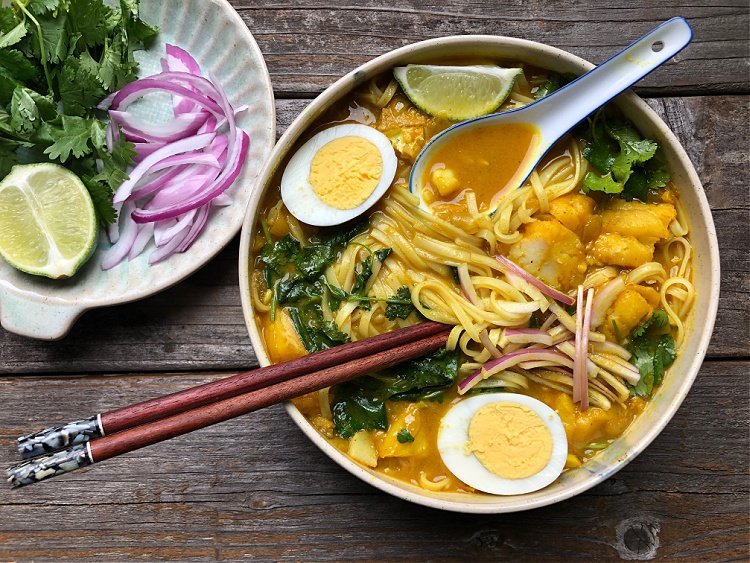
Mohinga is often referred to as the national dish of Myanmar, and for good reason. This flavorful and comforting dish consists of rice noodles served in a fish-based broth, often infused with lemongrass, ginger, and a touch of banana tree stem for a unique texture. The soup is garnished with hard-boiled eggs, crispy fried fritters, cilantro, and sometimes a squeeze of lime. Mohinga is a staple breakfast dish and a beloved comfort food that captures the essence of Myanmar’s culinary soul.
Laphet Thoke – Fermented Tea Leaf Salad
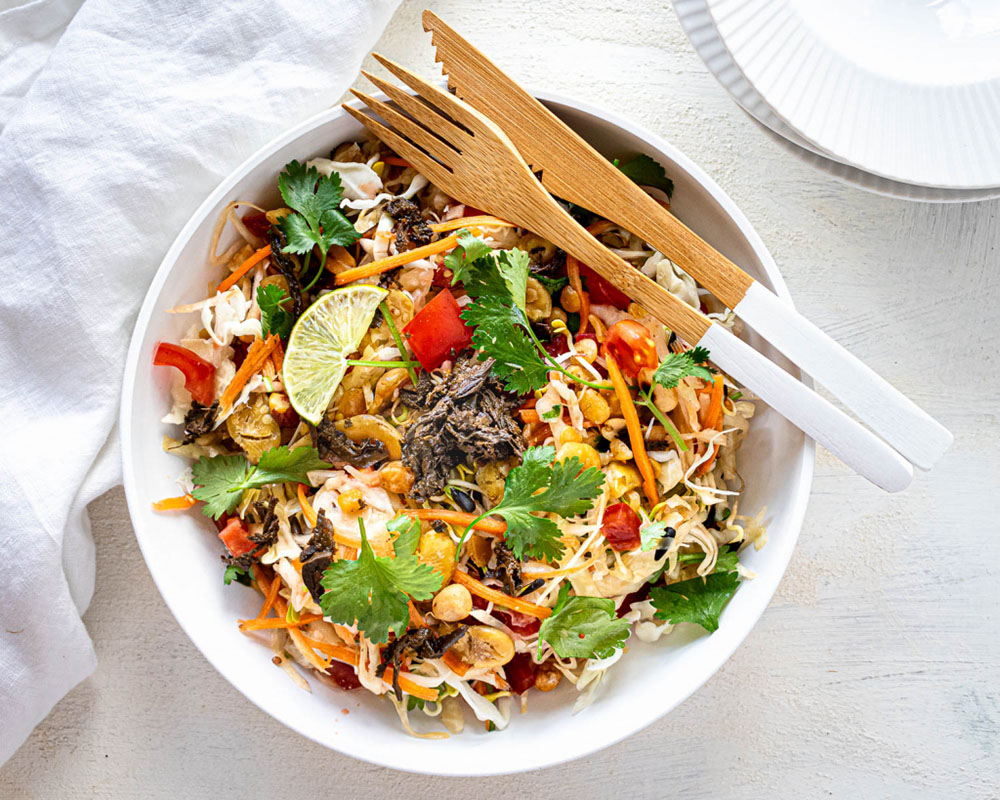
Laphet Thoke, or fermented tea leaf salad, is a distinctive dish that encapsulates Myanmar’s love for bold flavors. Fermented tea leaves are mixed with an array of ingredients such as crunchy peanuts, crispy beans, toasted sesame seeds, tomato slices, garlic, and chilies. This salad strikes a perfect balance between tangy, nutty, and spicy flavors, creating a delightful explosion of taste in every bite. It’s a social dish often enjoyed with friends and family.
Ohn No Khao Swè – Coconut Chicken Noodles
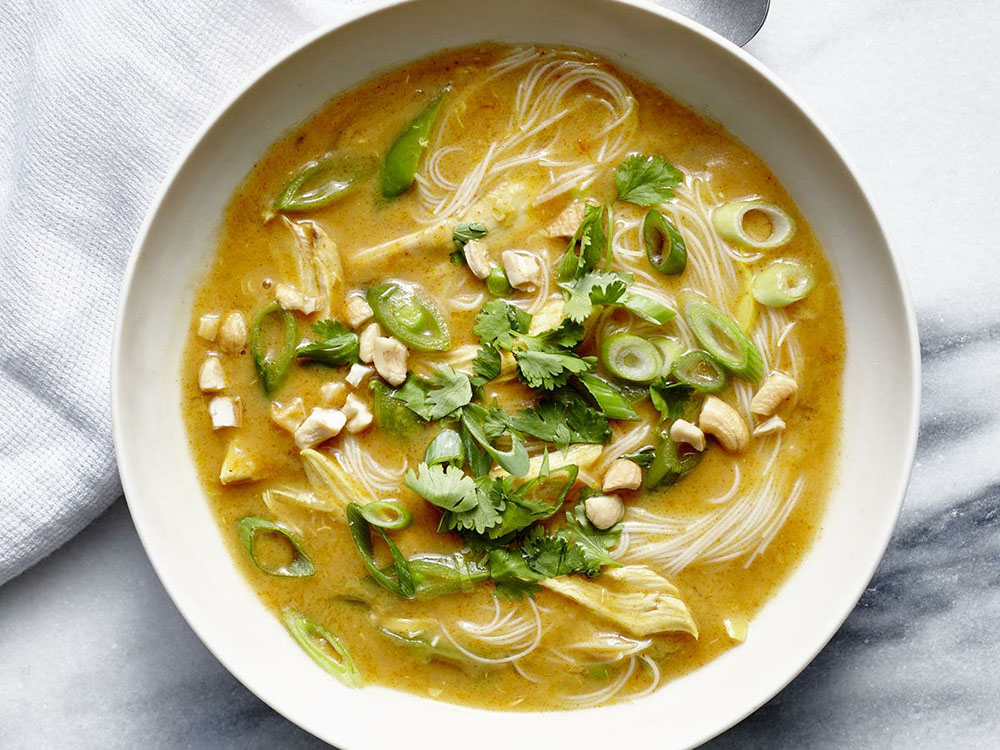
Ohn No Khao Swè is a creamy and aromatic coconut chicken noodle soup that highlights Myanmar’s affinity for rich and satisfying flavors. Tender slices of chicken are stewed in a coconut milk-based broth, seasoned with a blend of spices like turmeric and ginger. The dish is served with a mound of soft, flat rice noodles and an assortment of condiments such as crispy fried garlic, sliced onions, hard-boiled eggs, and lime wedges.
Shan Noodles – A Regional Delight
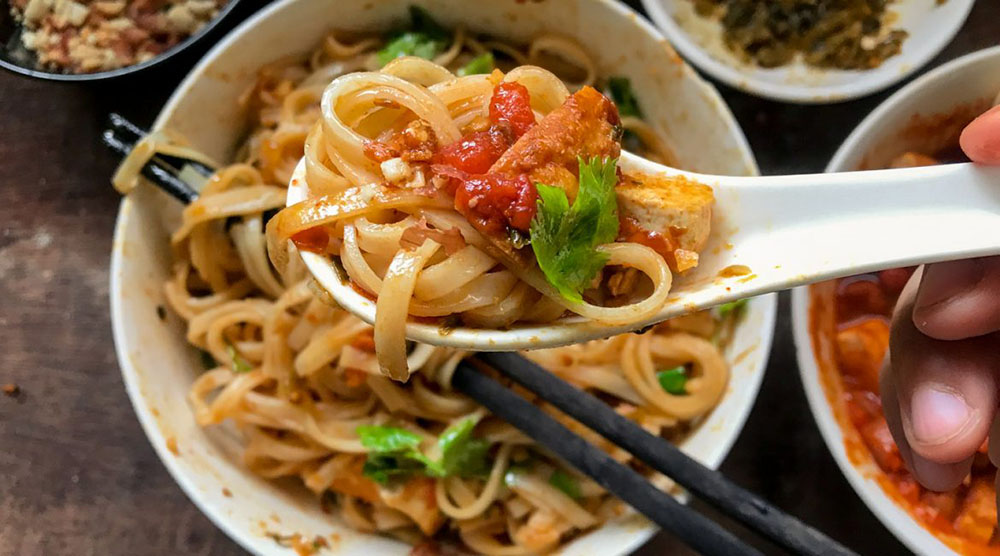
Hailing from the Shan State, Shan noodles are a beloved regional dish that has gained popularity throughout Myanmar. The dish typically consists of rice noodles served with a flavorful broth made from tomatoes, garlic, and various herbs. Toppings vary but often include slices of marinated pork or chicken, crispy fried garlic, and fresh herbs. Shan noodles showcase the delicate balance of flavors that characterize Myanmar’s diverse culinary landscape.
Burmese Curry – A Symphony of Flavors
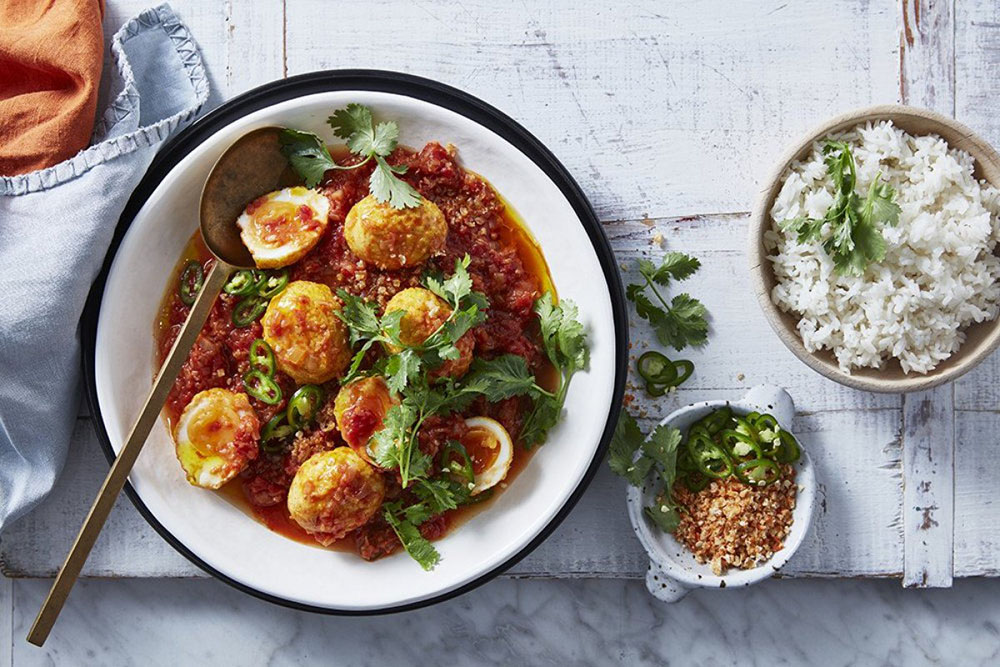
Burmese curries are a testament to the country’s rich history and multicultural influences. Unlike the spicy curries of its neighboring countries, Burmese curries are milder in heat but abundant in flavor. Commonly enjoyed with rice, these curries feature a variety of proteins like beef, chicken, or fish, stewed with an array of aromatic spices and herbs. The depth of flavor is enhanced by ingredients such as tamarind, ginger, garlic, and lemongrass.
Cultural Significance in Myanmar food culture
Myanmar food culture is deeply intertwined with its society and traditions. Sharing a meal is an essential aspect of Burmese hospitality, fostering connections and camaraderie. Festivals, such as Thingyan (Water Festival) and Thadingyut (Festival of Lights), are occasions when families come together to prepare and enjoy traditional dishes.
In recent times, Myanmar food culture has faced the challenge of modernization and globalization. However, efforts to preserve its authenticity are evident through initiatives that promote traditional cooking techniques, recipes, and ingredients.
Embarking on a culinary journey through Myanmar reveals a tapestry of flavors, each reflecting the country’s history, geography, and cultural interactions. From the bustling streets of Yangon to the tranquil villages of Mandalay, Myanmar food culture is a testament to its diversity and unity. As you savor each dish, you also savor the stories and traditions that have shaped this remarkable cuisine.

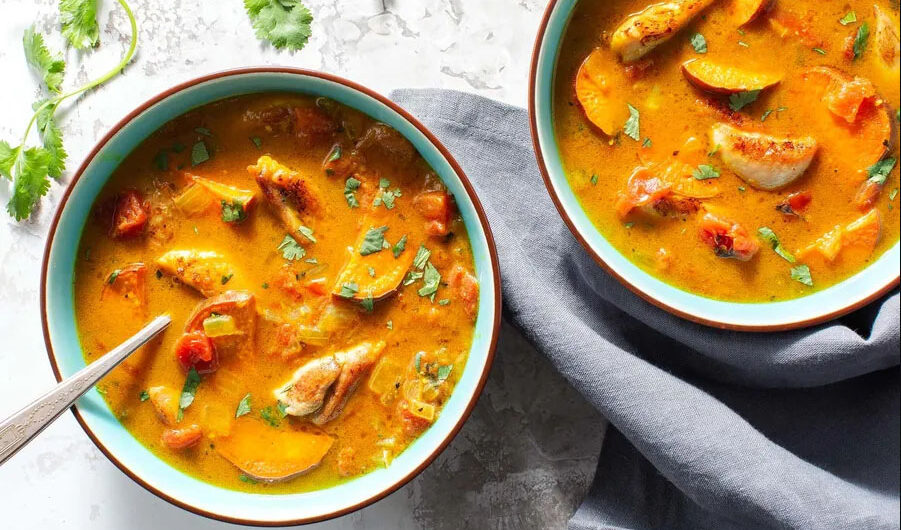
Comments